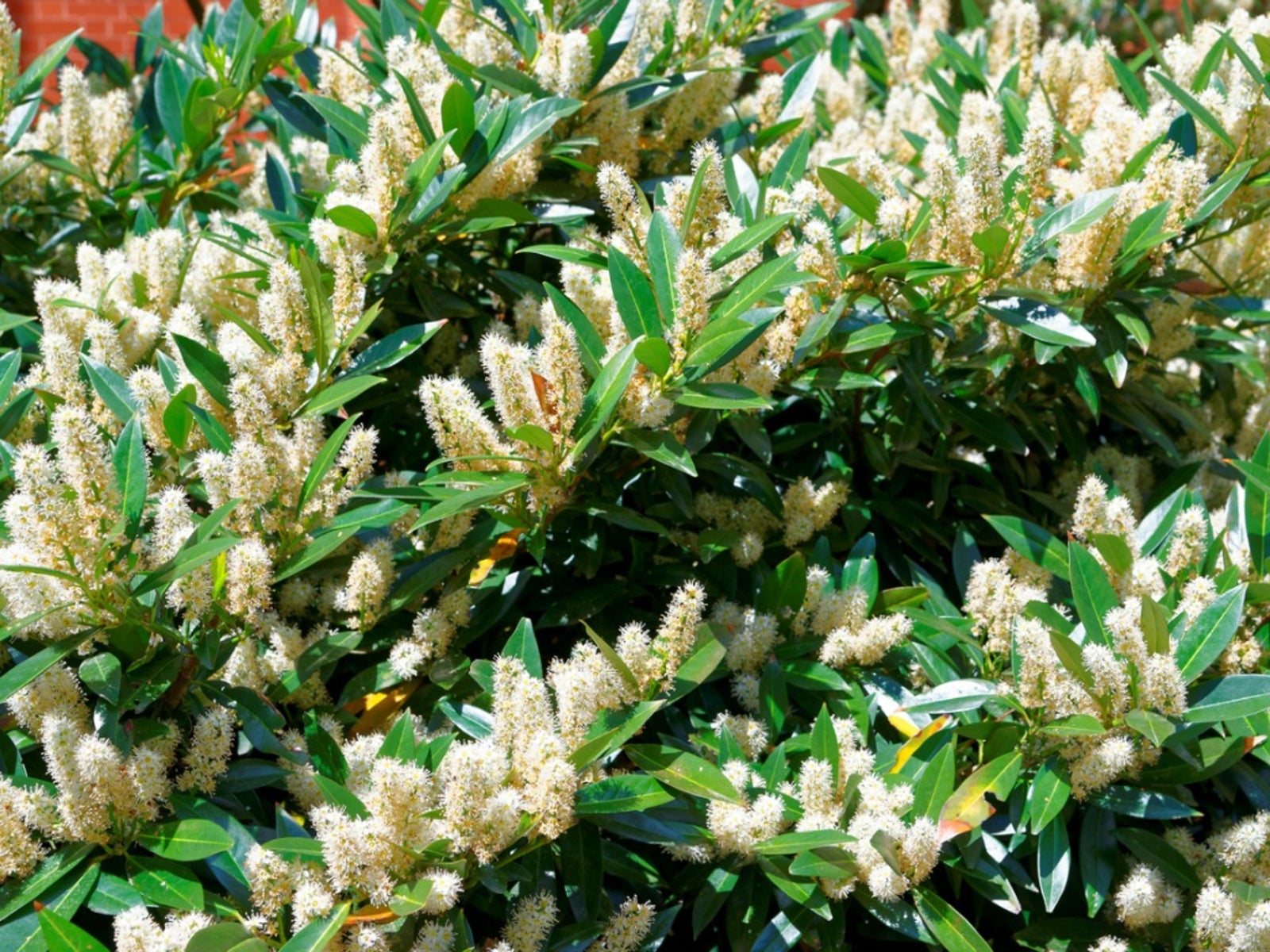Itea Bush: Tips On Growing Itea Sweetspire


The Itea sweetspire shrub is an attractive landscape addition in many areas of the United States. As a native to this area, this shrubs produces attractive foliage and fragrant, drooping bottle brush blooms that appear in spring, creating a dazzling display with little care from the gardener.
About Itea Shrubs
The Itea bush grows 3 to 6 feet (1-2 m.) in height, with a width of 4 to 6 feet (1-2 m.) when growing in the wild. Cultivated Itea sweetspire often does not reach this size. Cultivars such as the dwarf form ‘Shirley's Compact' reaches only 18 inches (46 cm.) and ‘Merlot' tops out at just 3 1/2 feet (1 m.). Itea plants have medium green leaves up to 4 inches (10 cm.) long, turning shades of yellow, orange, red, and mahogany in the fall. The Itea spreads by underground runners, which may be blocked to control the spread of the pleasing native Itea bush. Dig through runners of the Itea sweetspire and remove those growing in areas where the bush is not wanted. The Itea shrub is also known as Virginia sweetspire and Virginia willow. It attracts butterflies and its berries provide food for passing birds.
How to Care for Itea Shrubs
Botanically named Itea virginica, Itea sweetspire has a rounded form when planted in sunny areas. Locate the Itea shrub in moist to wet soils in a part shade to full sun area for fragrant racemes of 4 inch (10 cm.) blooms in May. The moderately growing Itea plant takes an erect form with arching branches. Although it is one of few shrubs that live in wet soil, the Itea bush is also drought tolerant. Attractive, reddish, autumn foliage makes the Itea sweetspire an excellent part of the fall display. Of the Saxifragaceae family, the Itea bush, like most natives, can exist in many conditions with little maintenance. In its native conditions, the Itea plant is often found on shady riverbanks. Learning how to care for Itea includes keeping the soil moist and yearly fertilization for the most prolific show of blooms. Now that you've learned how to care for the fragrant Itea bush, include it in a wet and shady area of the landscape where nothing would grow before.
Sign up for the Gardening Know How newsletter today and receive a free copy of our e-book "How to Grow Delicious Tomatoes".

Becca Badgett was a regular contributor to Gardening Know How for ten years. Co-author of the book How to Grow an EMERGENCY Garden, Becca specializes in succulent and cactus gardening.